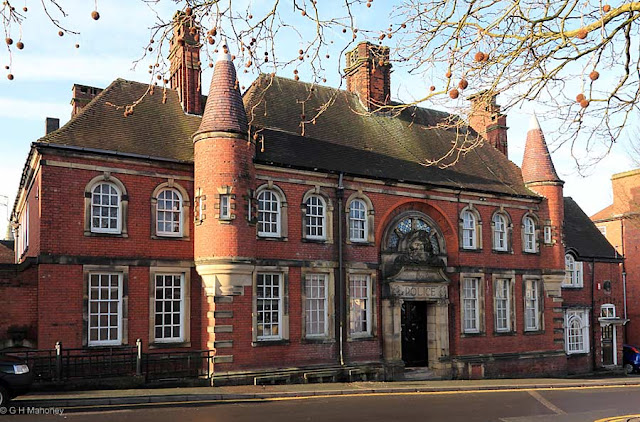 |
| The Cat and Fiddle Inn |
(Canon EOS 60D, Tamron 10-24mm @ 22mm, 1/1250s @ f/6.3)
At 515 meters this is the second highest pub in England (after Adrian's favourite, the Tan Hill Inn). It is the Cheshire side of the Derbyshire-Cheshire border on Axe Edge Moor. The origin of the name is disputed. Their are a few other inns with the same name in England. One possibility is that it is a corrupted form of the French "Catherine la Fidele", Catherine of Aragorn. A little way down the hill on the Cheshire side is a tearoom which used to be called the "Dish and Spoon". The name has now been changed to the much less inspired "Peak View".
The A537 road by the same name on which the inn stands has the unenviable reputation of being the most dangerous A-road in the country. This is largely due to the number of accidents (including many fatalities) involving motorcyclists testing out their "skills" on this road with its sharp, blind bends and steep gradients. Recently, average speed cameras have been installed and a number of safety improvements carried out. If the motorcycle accidents are excluded, it ranks as one of the
safest A-roads in the country!
 |
| The stone sign on the front wall of the pub |









